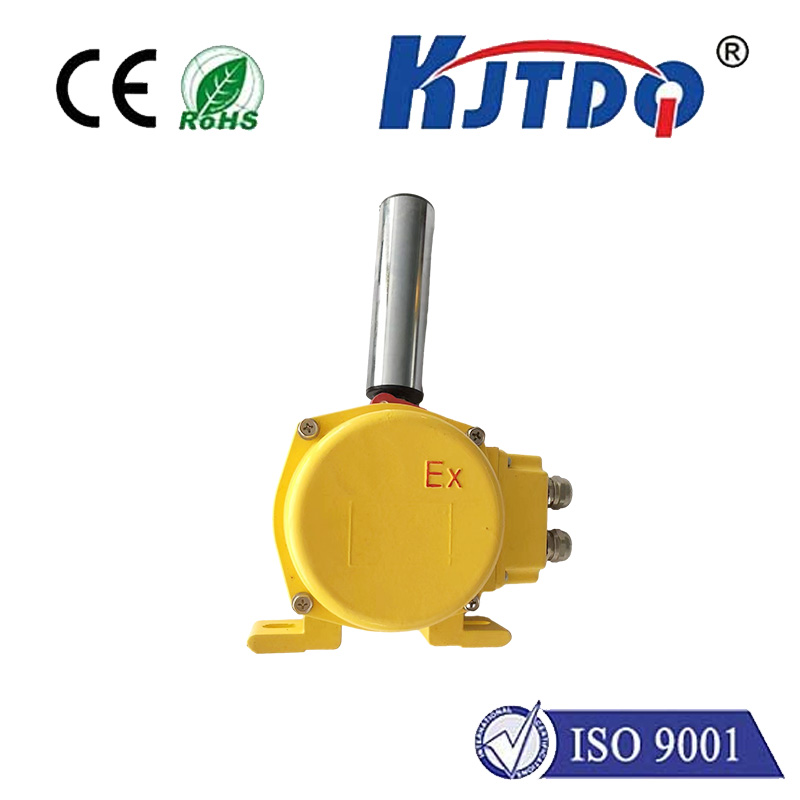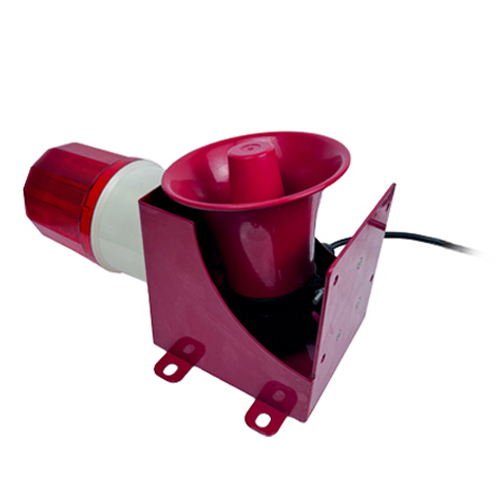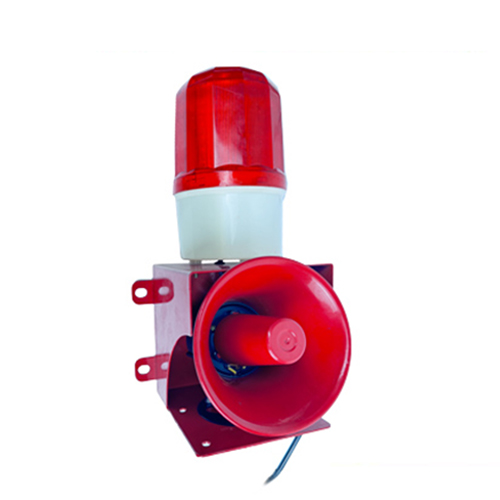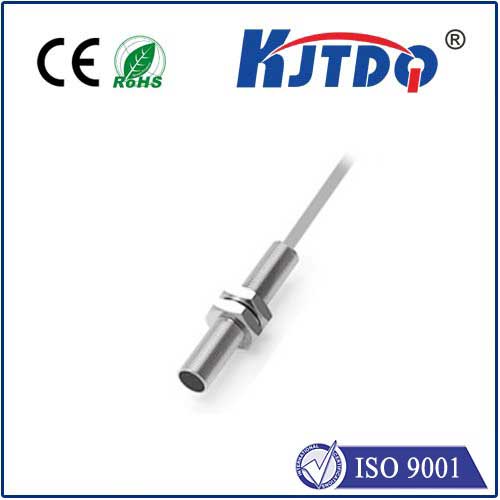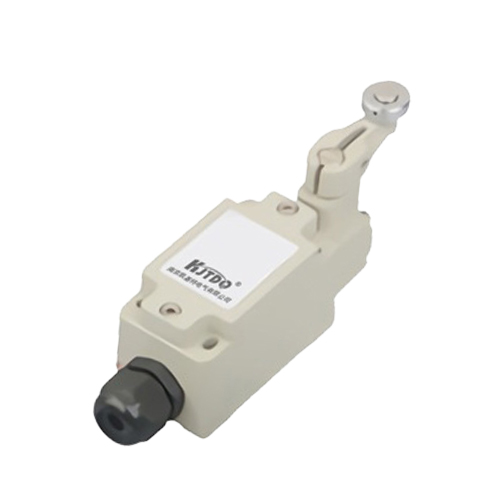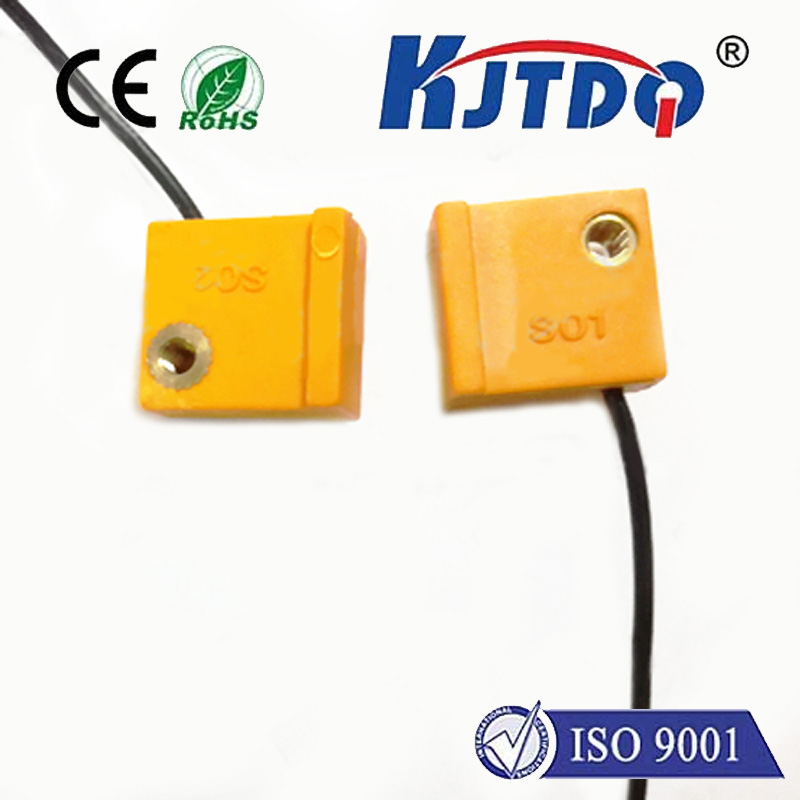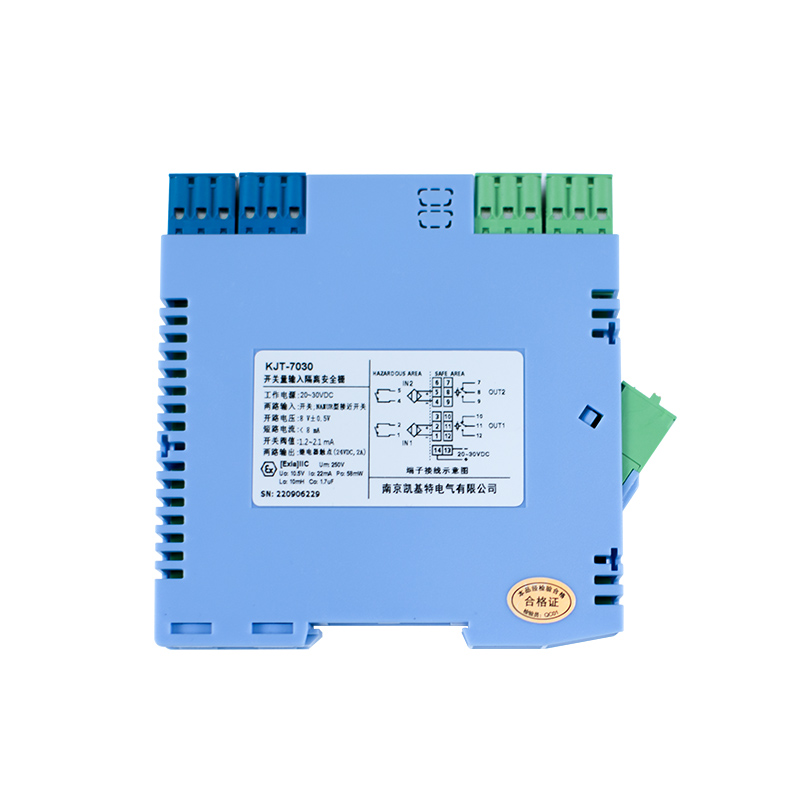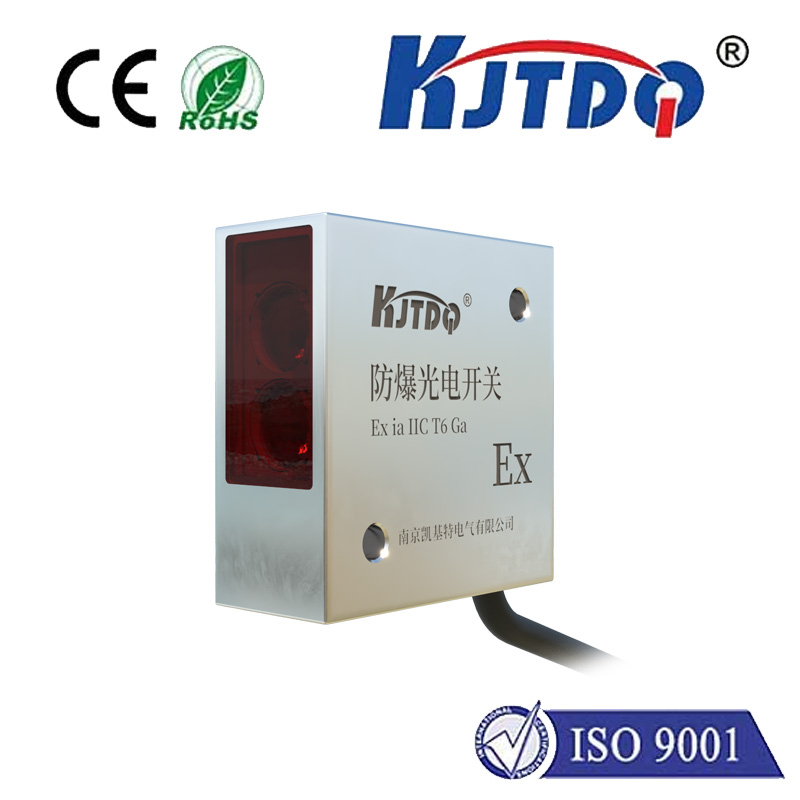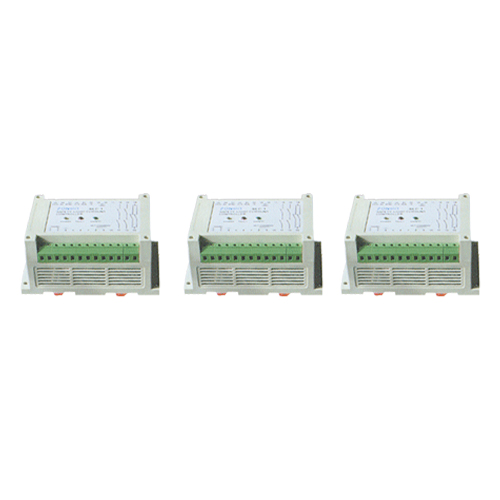hvac temperature meter
- time:2025-08-24 04:10:08
- Нажмите:0
HVAC Temperature Sensors: The Silent Guardians of System Performance and Comfort
Forget gut feelings or guesswork; precise temperature measurement is the bedrock of efficient and effective HVAC operation. Within the labyrinth of ducts, coils, valves, and controls in Heating, Ventilation, and Air Conditioning systems, temperature meters – more accurately termed sensors or transducers – function as the critical eyes, constantly feeding vital data to the system’s brain. Understanding these often-overlooked components is key to unlocking optimal performance, energy savings, and occupant comfort. This article delves into the indispensable role of HVAC temperature sensors and how mastering their use is essential for any facility manager, technician, or homeowner serious about their climate control.
Why Temperature Measurement Reigns Supreme in HVAC
At its heart, HVAC is about thermal energy transfer – adding heat, removing heat, or moving air to achieve a desired environment. Accurate temperature data is the fundamental feedback loop enabling the system to know:
- The Current State: What is the actual temperature in the room (return air), supply air duct, outside air, chilled water line, or hot water loop?
- The Desired State: What setpoint temperature are we trying to achieve?
- The Progress: Is the system effectively moving towards the desired state? How much heating or cooling capacity is actually being delivered?
Without reliable temperature readings, an HVAC system operates blind. Imagine driving a car without a speedometer or fuel gauge – that’s essentially an HVAC system starved of accurate temperature data. The consequences range from inefficient energy consumption and costly equipment wear to uncomfortable occupants and potential health risks due to humidity issues or poor ventilation.
Unpacking the Core: Types of HVAC Temperature Sensors

Several sensor technologies are commonly employed, each with its strengths:
- Thermistors: Widely used due to their sensitivity and low cost. Typically Negative Temperature Coefficient (NTC) types, where resistance decreases sharply as temperature increases. Ideal for air streams (supply, return, ambient) and duct temperatures. Their precision makes them excellent for control stability near setpoints. However, their non-linear response curve requires careful calibration in the control system.
- RTDs (Resistance Temperature Detectors): Known for high accuracy, stability, and linearity over a wide range. Typically platinum (PT100 or PT1000) sensors. Their robustness and reliability make them preferred for critical liquid temperature measurements like chilled water supply/return or condenser water in larger commercial systems. They are generally more expensive than thermistors but offer superior long-term performance.
- Thermocouples: Generate a small voltage proportional to the temperature difference between two dissimilar metal junctions. Rugged and capable of handling very high temperatures, they are often found in flue gas measurements, furnace heat exchangers, or boiler applications within HVAC. Their downside is relatively lower accuracy compared to RTDs and thermistors, and they require cold junction compensation.
- Solid-State (Semiconductor) Sensors: Offer integrated circuits that can provide a digital or analogue output proportional to temperature. Increasingly common in modern digital thermostats and building automation system (BAS) sensors due to ease of integration, linear output, and moderate cost. They provide good accuracy for most HVAC applications.
Placement is Paramount: Where Sensors Tell the True Story
Even the most accurate sensor is useless if placed incorrectly. Strategic sensor placement is critical for meaningful data:
- Return Air Sensors: Located in the main return air duct, this sensor measures the average temperature of air returning from the conditioned space. This is the primary feedback for space temperature control.
- Supply Air Sensors: Positioned downstream of the heating/cooling coil. Measures the temperature of air being delivered to the space. Crucial for discharge air temperature (DAT) control and protecting coils from freezing.
- Mixed Air Sensors: Found where outdoor air mixes with return air. Essential for economizer operation and ensuring proper ventilation air temperatures.
- Outdoor Air Sensors: Provide ambient conditions data for system mode decisions (heating vs. cooling), economizer control, and freeze protection strategies.
- Liquid Temperature Sensors (Chilled/Hot Water): Immersed in the pipes to monitor supply and return water temperatures. Key for chiller/boiler sequencing, delta-T calculation (crucial for efficiency!), and pump control.
Poor placement, such as near heat sources, in direct sunlight, within dead air pockets, or where airflow is obstructed, leads to readings that don’t reflect the actual system or space conditions, resulting in inefficient or erratic control.
Calibration and Maintenance: Ensuring Truth in Data
Like any measurement device, HVAC temperature sensors drift over time. Contaminants, vibration, electrical noise, and simple aging can affect their accuracy.
- Regular calibration checks against a known standard are vital, especially for critical points like chilled water or critical space sensors. Facilities should schedule this based on sensor type, application criticality, and manufacturer recommendations.
- Physical inspection for damage, loose connections, or environmental issues (e.g., sensor covered in dust or insulation) is equally important during routine maintenance.
- Sensor drift is a common culprit for systems that seem to “lose control” or become inefficient over time. Replacing a marginally faulty sensor is often less costly than the energy wasted or comfort complaints it causes.
The Smart Future: Integrated Intelligence
Modern Building Automation Systems (BAS) leverage temperature data far beyond simple on/off control. Advanced algorithms analyze trends, optimize setpoints based on occupancy and schedules, implement demand-controlled ventilation, and enable predictive maintenance by spotting anomalies in temperature profiles that indicate potential equipment problems.
Digital sensors and wireless sensor networks are making deployment and monitoring easier, providing granular data visibility across large facilities. Integration with IoT platforms allows for deeper analytics and remote diagnostics, empowering proactive management.
Conclusion: Investing in Accuracy Pays Dividends
HVAC temperature sensors are far more than simple thermometers; they are the fundamental data source driving every decision an HVAC system makes. Selecting the right sensor type for the application, ensuring strategic and proper placement, and committing to a program of regular verification and maintenance are non-negotiable practices. Investing in accurate temperature measurement is an investment in energy efficiency, equipment longevity, occupant comfort, and overall system reliability. By giving these silent guardians the attention they deserve, you ensure your HVAC system operates at its peak potential, silently and effectively maintaining the perfect environment.

